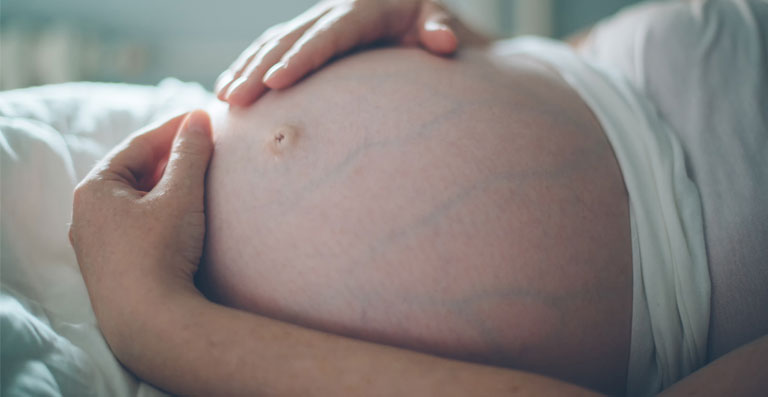Twin pregnancies can be risky for a variety of reasons, and often increase the chances of a complications which could develop into a permanent brain injury such as cerebral palsy.
Multiple births may put one or both babies at risk of developing cerebral palsy in a number of ways. For instance, if twins share a placenta, there is a chance that one twin will receive more nutrition and oxygen than the other. This could put the other child at risk of a serious birth injury, especially if not identified early on in the pregnancy.
Twin births can also present serious difficulties during labor and delivery. The medical staff must monitor their vital signals on an ongoing basis in order to identify any obvious signs of fetal distress. In addition, doctors must make executive decisions within a fraction of a minute on what to do (i.e. an emergency c-section) should labor take a turn for the worse (e.g., fetal bradycardia, breech birth, an entangled umbilical cord, improperly administered Pitocin, etc).
Twin births are also more-likely to result in birth injuries such as cerebral palsy because of the risk of being born preterm, which is somewhat common when it comes to multiple births. Babies that are born prematurely are more-prone to infections which may affect the brain’s development.
Mothers who give birth to twins also face an increased risk of postpartum hemorrhage, or excessive bleeding during and after birth. This can impact the babies’ ability to take in oxygen, cause fetal distress, or result in a fetal stroke and/or the development of seizure disorders.
At the end of the day, twin pregnancies must be approached with the utmost care. Doctors understand these risks, and must work to identify and mitigate any obvious risk factors. Failure to do so could constitute medical malpractice.

